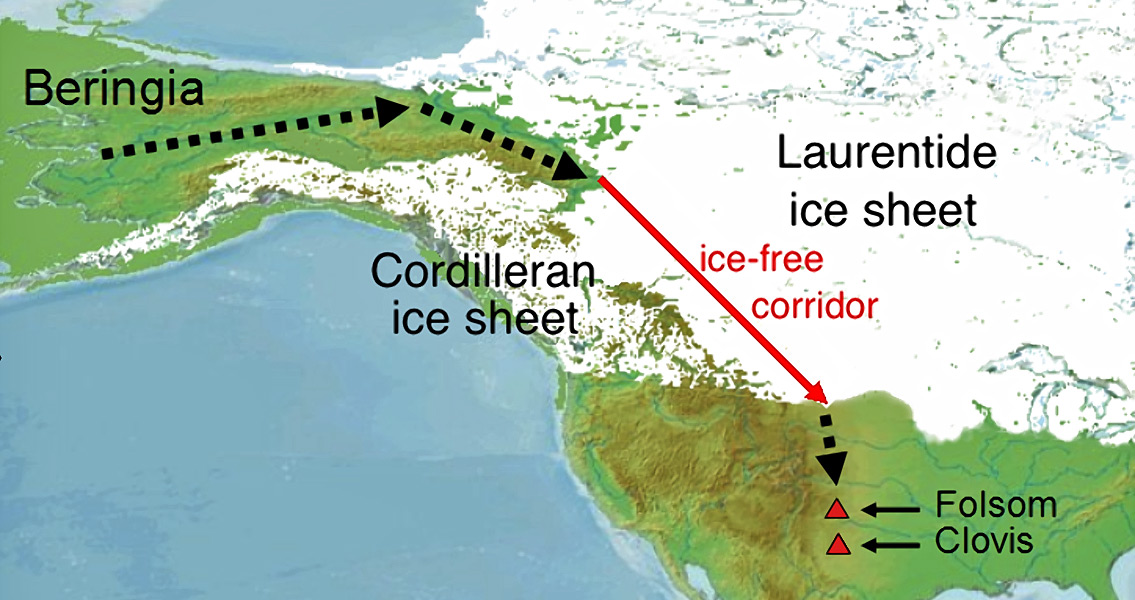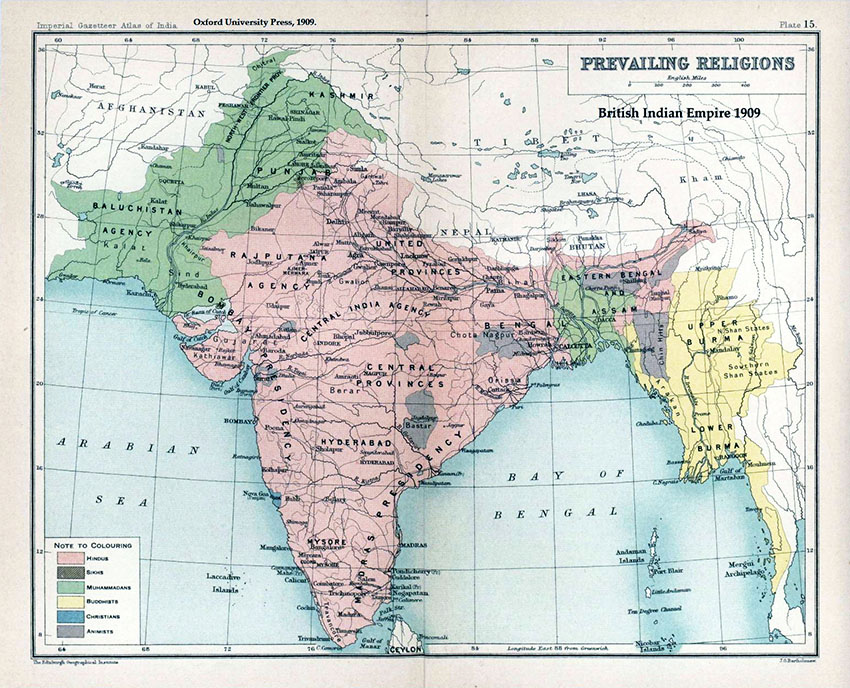The Pinjarra Massacre took place on 28th October, 1834. The event is remembered as one of the most horrendous massacres of Aboriginal peoples in Australia’s history.
Battle or Massacre?
Even now, close to two centuries later, the event in Western Australia is cause for significant controversy. Referred to as the Battle of Pinjarra in some histories – suggesting that the Aboriginal people’s deaths were part of a conflict involving mutual aggression, others argue that the term massacre is the only one capable of truly capturing the events that took place in Pinjarra. Ultimately, a case can be made for both explanations. The Aboriginal people in the region had shown aggression to the European Settlers there, although one could argue this was an inevitable consequence of Europeans moving into their territory. Just as significantly for those who call the event a massacre, among the Aboriginal people killed were a substantial amount of women and children.Tensions Before Violence
[caption id="attachment_8723" align="aligncenter" width="800"] Panorama of the Swan River Settlement, 1831[/caption]
The origins of the tragic events at Pinjarra came in the arrival of the first European settlers to Western Australia, in 1829. Led by Captain James Stirling, the Swan River Colony was quickly established in what is now known as the Peel region of Australia. This was a region which had been inhabited for thousands of years by the Bindjareb tribe, an indigenous people particularly renowned for their spear making ability.
Tensions quickly started to form between the white, European settlers and the Bindjareb tribe. While the Aboriginal people initially placed the Europeans into their folk traditions, interpreting them as the returning ghosts of their ancestors, Stirling declared the region a territory of England, arguing that the Bindjareb should be accountable to English law.
As the settlers expanded their territory, taking up more land as they established farms, settlements, and ultimately towns, conflict started to brew.
One key issue was a fundamental difference in agricultural practices. The Bindjareb people practiced firestick farming, a method where parts of the bush were torched to enable hunting and encourage regrowth of the land. For the white settlers, with little understanding of the firestick tradition, it seemed like an attack, especially on the occasions when the fires spread into the land they had started to cultivate.
Panorama of the Swan River Settlement, 1831[/caption]
The origins of the tragic events at Pinjarra came in the arrival of the first European settlers to Western Australia, in 1829. Led by Captain James Stirling, the Swan River Colony was quickly established in what is now known as the Peel region of Australia. This was a region which had been inhabited for thousands of years by the Bindjareb tribe, an indigenous people particularly renowned for their spear making ability.
Tensions quickly started to form between the white, European settlers and the Bindjareb tribe. While the Aboriginal people initially placed the Europeans into their folk traditions, interpreting them as the returning ghosts of their ancestors, Stirling declared the region a territory of England, arguing that the Bindjareb should be accountable to English law.
As the settlers expanded their territory, taking up more land as they established farms, settlements, and ultimately towns, conflict started to brew.
One key issue was a fundamental difference in agricultural practices. The Bindjareb people practiced firestick farming, a method where parts of the bush were torched to enable hunting and encourage regrowth of the land. For the white settlers, with little understanding of the firestick tradition, it seemed like an attack, especially on the occasions when the fires spread into the land they had started to cultivate.






